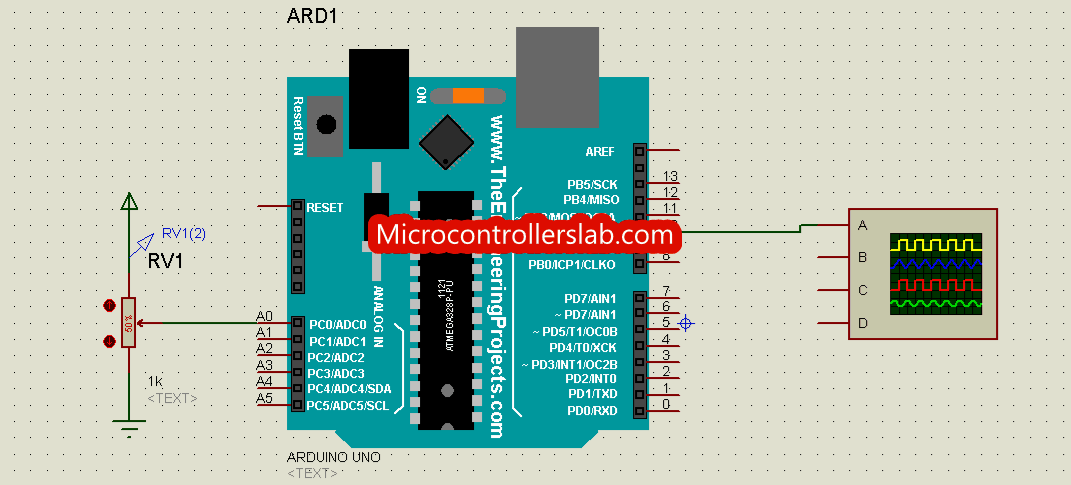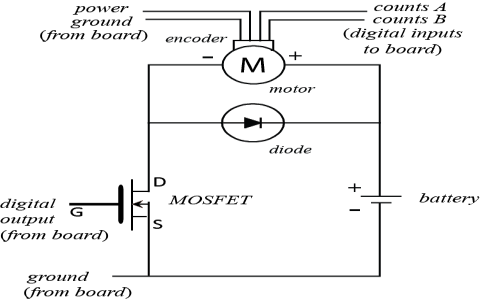Today, I messed around with something called “pwm map”. I had this old project where I needed to control a servo motor, and I remembered I had to use PWM (Pulse Width Modulation) for that. I thought, “Hey, let’s see if I can map some values to get the right PWM signal.”

First, I grabbed my trusty board and hooked up the servo. I made sure I connected it to a pin that supports PWM output. That’s important, otherwise, it won’t work right. Then, I started tinkering with the code.
The basic idea is pretty simple. Servos usually work with a PWM signal that has a period of around 20ms (that’s 50Hz). The position of the servo is controlled by the width of the pulse, typically between 1ms and 2ms. So, 1ms might be 0 degrees, 1.5ms might be 90 degrees, and 2ms might be 180 degrees. You get the idea.
My Little Experiment
- Finding the Range: I needed to figure out the minimum and maximum values my servo could handle. I started with some safe values, like 1000 microseconds (1ms) for the minimum and 2000 microseconds (2ms) for the maximum.
- The ‘map’ Function: The tricky part was how to get the servo move where I needed it. This is where the `map` function is god send. This function made this much easy. I just defined my input values that are easy to understand, and defined my output values in range of my servo’s pulse width, then let `map` function do its things!
- Testing and Tweaking: I wrote a simple loop to test different positions. I started with 0, then moved to 90, then 180, and some values in between. I watched the servo move and made small adjustments to the minimum and maximum values until it looked right. It wasn’t perfect at first, but after a few tries, I got it pretty smooth.
It took a bit of trial and error, but I finally got the servo to move to the positions I wanted. It’s not rocket science, but it’s pretty satisfying to see that little motor move exactly where you tell it to!
So, that’s my little PWM mapping adventure. It’s a handy technique if you’re working with servos or anything else that needs precise control over a PWM signal. Just remember to start with safe values, test things out, and tweak until you get it right. Don’t be afraid to experiment!










